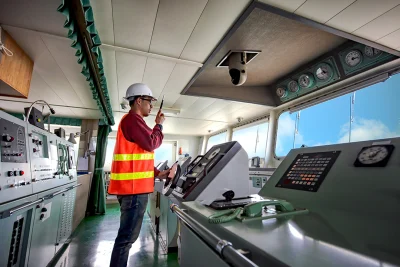
Explore OneOcean Navigation tools
Passage Planning
The core voyage planning software that generates maritime route options easily and accurately, which other Navigation tools then enhance.
Route Optimisation
Comprehensive datasets make it simple to plan time, fuel or cost-efficient voyages.
Situational Awareness
Connects onshore teams with individual vessels, and provides them with a single view and the status of their whole maritime fleet.
Charts and Publications
Save time with automatically updated Charts & Publications. Access up-to-date ENCs, AIO Notices, ADPs and e-NPs faster than ever before. Automated updates ensure crew always have the most current data at their fingertips, reducing the risk of non-compliance.
NavArea Warnings
Predict complications and act quickly, with integrated NavArea Warnings. Receive data and updates on events that may impact a planned voyage, ensuring the route remains compliant, optimised and free from obstruction.
Explore OneOcean Compliance tools
Regulatory Compliance
The most comprehensive resource of up-to-date maritime regulations, customised for each fleet or ship, always available on board and onshore, ensuring continual maritime compliance.
Environmental Compliance
Means ship managers and crew are fully informed of all maritime environmental regulations along the route and fleet managers can opt to set and deploy company environmental standards across all vessels.
Explore OneOcean Operations
Vessel Tracking
Manage fleets spread across the globe, with seamless shoreside monitoring from the Vessel Tracking module of OneOcean Operations.
Configuration
Ensure complete compliance for your entire fleet with the Configuration module of OneOcean Operations.
Our markets
Latest insights



